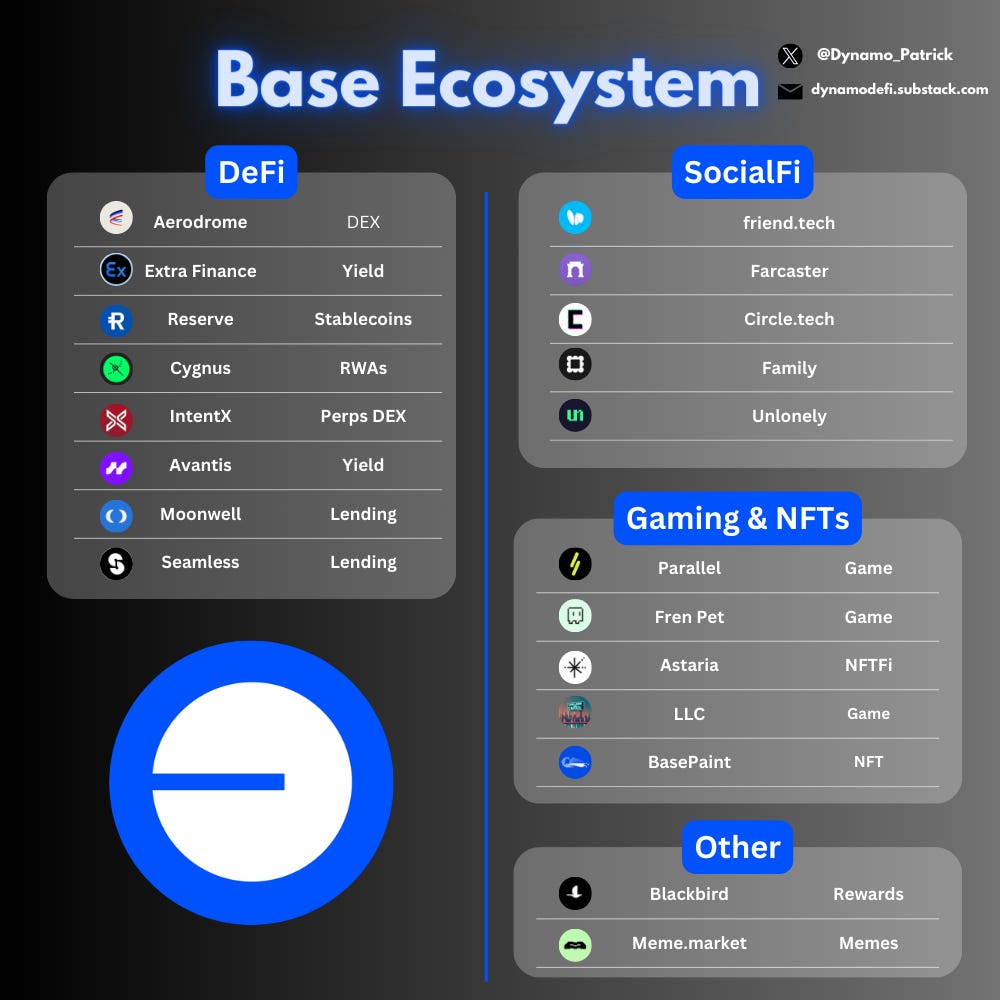Research Summary
The report discusses the concept of restaking in the Ethereum network, its potential benefits, and associated risks. It highlights the emergence of new players like Kelp DAO, Renzo, and $RSTK in the restaking space and the potential for increased yields. However, it also underscores the added risks and the debate within the Ethereum developer community about the implications of restaking.
Key Takeaways
Understanding Restaking
- Concept of Restaking: Restaking is the idea of using the same stake used to secure the Ethereum Proof of Stake (PoS) to secure many other networks. It can be seen as programmable staking, where users opt-in to any positive or negative incentives to secure other infrastructure.
- Role of EigenLayer: EigenLayer is a platform that allows restakers to supply economic trust in the form of staked Ethereum, so that anything objectively verifiable can be slashed. It is effectively lowering the barriers to entry in this market.
Risks of Restaking
- Layered Risks: Restaking adds a layer of risk as restakers could get slashed on Ethereum, on the restaking layer, or both. The risks include Ethereum being staked, EigenLayer smart contract risk, protocol-specific slashing conditions, liquidity risks, and concentration risks.
- Concerns from Ethereum Developer Community: The Ethereum Developer community has raised issues concerning Restaking, notably in the famous Vitalik article about not overloading Ethereum consensus. The issue with restaking is that it opens up new avenues of risk for staked Ethereum that secures the mainnet.
Institutional Interest in Restaking
- Institutional Appeal: Many institutions have signaled their interest in restaking as an additional reward on top of staked Ethereum. However, they will probably carry out restaking through their custodians rather than joining any other service which might expose them to additional risks of slashing.
Restaking as a New Primitive
- Restaking as a New Primitive: Restaking is an interesting new primitive worth researching. It offers an extra level of risk on top of one of the most important mechanisms securing Ethereum. However, the concerns of Vitalik and others are not to be minimized.
Actionable Insights
- Assessing the Risks: Users interested in restaking should carefully assess the associated risks, including the potential for their stake to be slashed on Ethereum, on the restaking layer, or both.
- Understanding the Debate: It’s important to understand the ongoing debate within the Ethereum developer community about the implications of restaking and the potential for it to overload Ethereum consensus.
- Considering Institutional Interest: Institutions interested in restaking should consider carrying out restaking through their custodians to mitigate the additional risks of slashing.













